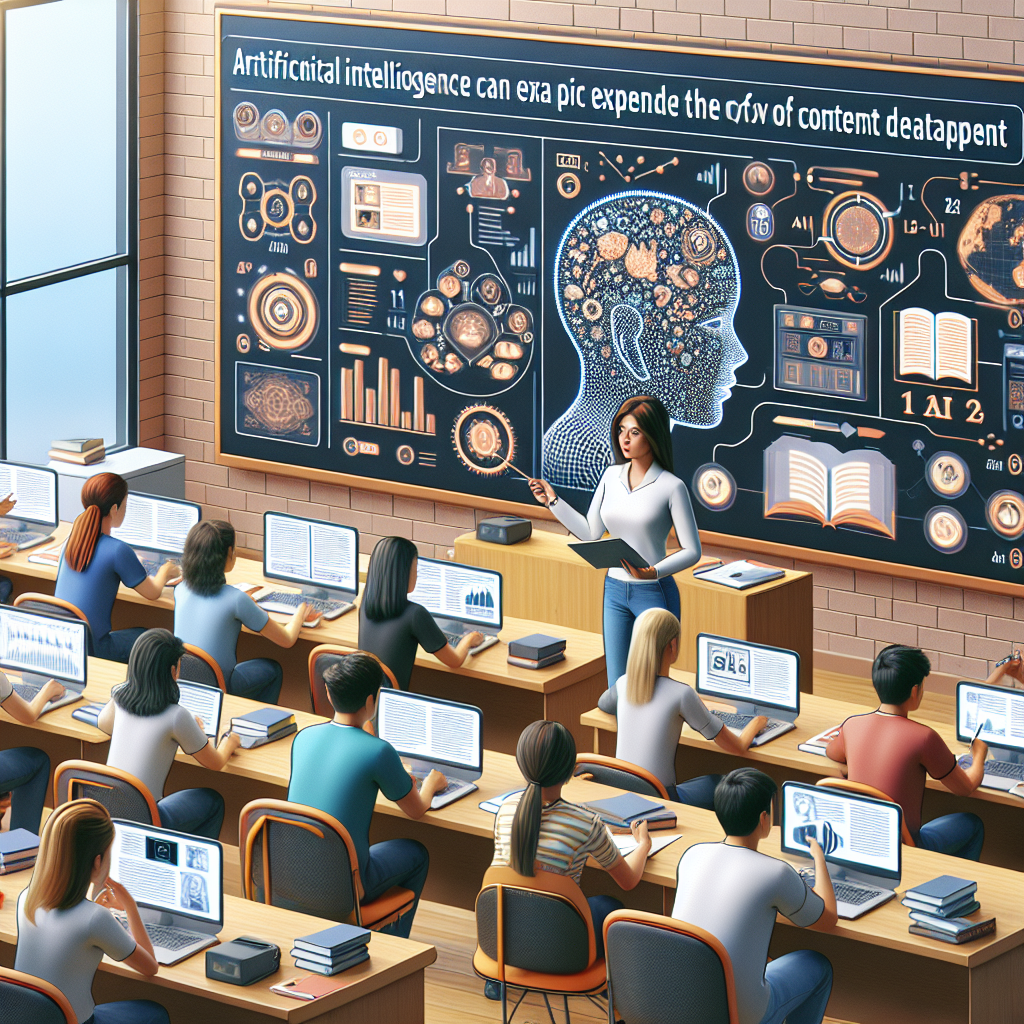Harnessing AI in Environmental Science Content Development
Introduction
In an ever-progressing academic landscape, artificial intelligence (AI) is not just a trend; it’s a transformative force that’s reshaping the way environmental science is taught and researched. This blog explores the profound implications of AI on content development for educators and students alike, highlighting not only the potential enhancements in educational practices but also how AI supports effective learning outcomes.
Through the adoption of AI technologies, educators can streamline their workflows and optimize their content delivery. This revolutionary approach provides an opportunity for professors in environmental science to translate complex data into engaging and informative resources, making the learning process more effective and accessible for students.
Enhanced Data Analysis
AI technologies, particularly machine learning, are revolutionizing data analysis in environmental science. These tools allow educators to automate the tedious process of data collection and analysis, enabling them to focus on crafting compelling narratives. For instance, platforms that utilize natural language processing can synthesize vast amounts of research, turning raw data into structured content seamlessly and efficiently.
Such innovations mean that educators can rapidly generate insights from large datasets that reflect current environmental concerns and trends. This greater access to timely information supports the development of educational materials that are relevant and responsive to ongoing challenges in environmental science, resulting in a richer learning experience.
Creating Engaging Educational Content
AI facilitates the development of innovative teaching materials, such as interactive infographics that explain complex concepts or predictive models that visualize climate change impacts. By integrating real-time data outputs, educators can provide students with hands-on experience in data interpretation, enhancing their analytical skills and critical thinking.
Moreover, AI-driven tools can suggest tailored pedagogical strategies based on student performance metrics, allowing professors to adapt their instructional approaches to meet varying learning needs. This personalized learning experience can lead to improved student engagement and better retention of educational content.
Multimedia Examples
– Infographic: A visual representation showing how AI can manage and process environmental data, demonstrating its speed and efficiency compared to traditional methods.
– Interactive Chart: Allowing students to manipulate variables affecting climate change predictions, showcasing AI’s role in data-driven decision-making.
Conclusion
The integration of AI into environmental science education empowers educators to produce rich, engaging content that not only informs but inspires. As academic institutions invest in technology-enhanced learning, it is imperative to embrace AI while remaining mindful of ethical considerations and the environmental implications of its use.
